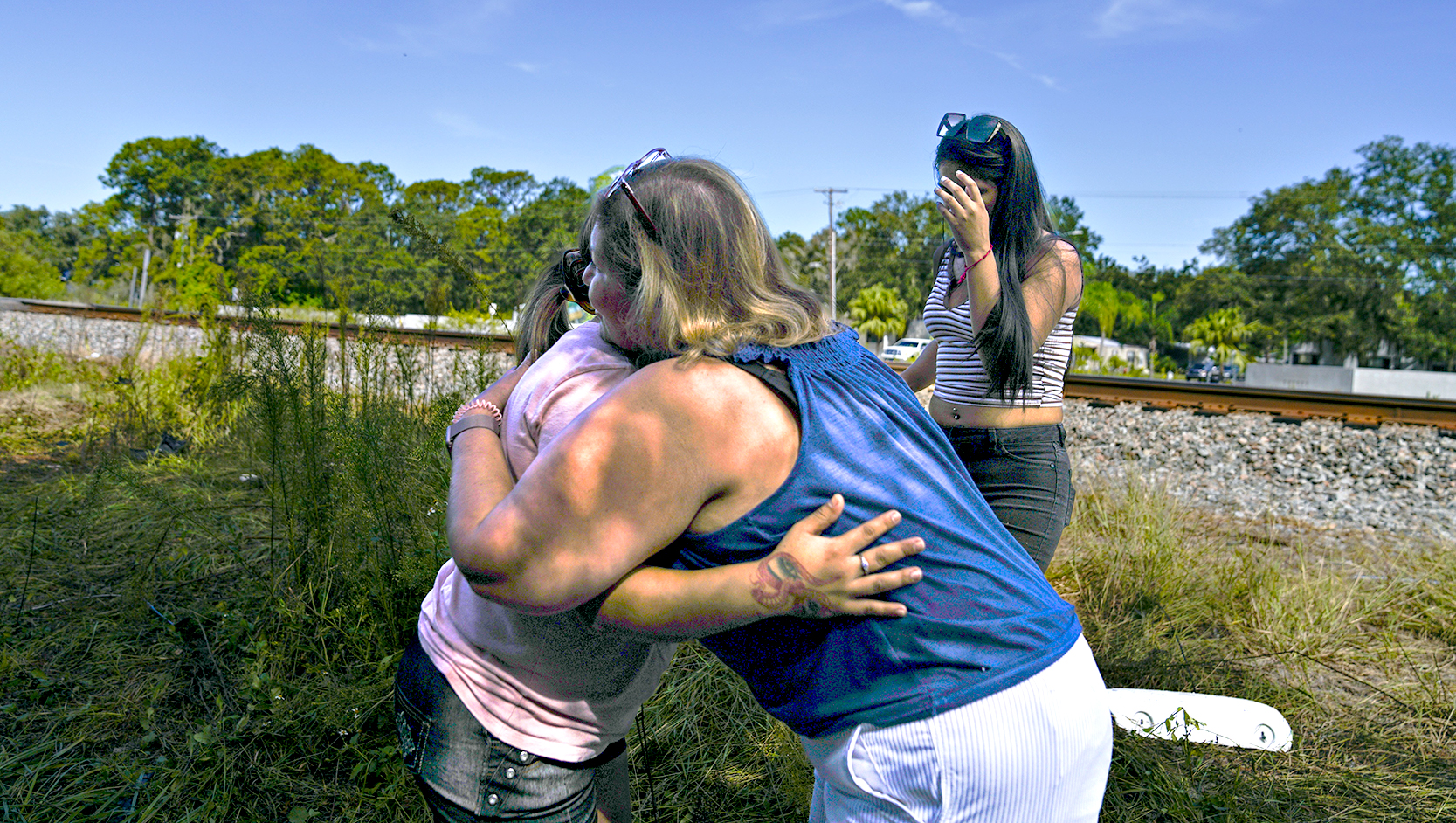CrossFit: A startup story
Published 12:00 pm Sunday, October 13, 2013

- Alli Forbes, a newcomer to the gym, particpates in her very first crossfit class.
It’s the story of a Silicone Valley startup. In 2000, an industry rebel in California who had been kicked out of establishment after establishment started his own business out of a garage. He launched a website for it and watched it slowly grow, eventually exploding in popularity and becoming a household name across the country.
But, it’s not a software company or the latest social-media boom. It’s CrossFit, a style of workout that emphasizes competing against yourself while throwing any number of exercises at you: rope climbing, tire flipping, kettle bell lifting, medicine ball bounces, pushups, laps, weights, etc. The list goes on to the point where it takes at least four and a half hours to run new CrossFit members through each exercise, showing them the form and technique for each one.
It’s based off of a style that Gregg Glassman, CrossFit’s founder, developed over years of working as a fitness trainer. CrossFit gyms, or “boxes” as they’re sometimes called, eschew the rows of workout machines most gyms use, instead using a more open floor plan and running members through an hour-long workout session.
“Most people in a more traditional gym aren’t in a hurry,” said Kelly Barcol, a pastor and Valdosta native who recently opened Winnersville CrossFit, Valdosta’s second CrossFit gym. “I used to do a circuit: hit the treadmill, move on to weight machines and cycle through them…It got boring.”
Barcol’s complaint is a common one among CrossFitters, with the diversity of the workouts being part of the attraction.
CrossFit bills itself as mixing weight lifting, gymnastics and aerobic exercises, providing constantly varied, functional movements at high-intensity.
“A lot of gyms focus on muscles and strength, but we focus on endurance, stamina. We’re preparing you for real life, for real life situations. We build off of every day movements: getting the dog food out of the car, getting it up onto the shelf.”
Each hour-long session generally starts with warming up and stretching, followed by the staple of CrossFit workouts, the Workout of the Day, or WOD. Each WOD tosses together an assortment of exercises, typically stringing together body weight exercises (push ups, ring dips) with distance movements (running, sprinting, rowing) and weight movements (kettlebell swings, presses, tire flips) into a circuit that each CrossFitter does three times. While everyone is working out as a group, most of the exercises are scaleable: one person might be flipping a tire half the size of the person next to them, or squatting 40 pounds while their neighbor hammers out 140.
A coach demonstrates and leads the exercises, while also floating around, talking with people one-on-one about form, technique, acting like the coach of team.
CrossFit also emphasizes competition, with your main competition being yourself. Every session’s stats are recorded and everyone is encouraged to improve over their last session.
From starting at the gym in the desert over a decade ago, CrossFit has grown to more than 6,000 locations. It even has its own sporting event, The CrossFit Games, broadcast on ESPN and sponsored Reebok. It’s a far cry from the California garage it started out in.
Glassman, who describes himself as a strict libertarian, leaves it up to each location what they want to charge, what hours they want to run, what exercises they want to run members through.
And while it’s not required, many members adopt the Palio diet, a diet heavy in meats and vegetables and low on fruit, breads and sugar.
With his shaggy grey hair, Glassman looks like he’d be more likely to open an organic market, which gets at an interesting point.
It’s hard to describe your average CrossFit user. Everybody from singer Kelly Clarkson to actor Jason Statham to comic book writer Brian Wood to The Biggest Loser coach Bob Harper use CrossFit.
The members range from younger and older, male and female, 130 pounds and 330 pounds, from firemen and military members to university professors.
Some police, fire and EMT departments across the country have also adopted it.
But, it’s not without its risks.
Consider Makimba Mimms, a former U.S. Navy information systems technician. He was awarded $300,000 in damages from his CrossFit gym and trainer in a case concerning injuries he sustained during the workout.
One of his injuries was rhabdomyolysis, a condition where muscles are overworked to the point where they break down, releasing proteins into the bloodstream, leading to swelling, weakened muscles and in extreme cases, kidney damage or possibly kidney failure. It’s the kind of injury usually only seen among professional athletes and even then rarely.
If you want to try CrossFit out, do your homework. With each CrossFit location being largely independent from each other, you want to be sure you find a place with experienced coaches who work with you to properly scale the workout towards you. And while you’re encouraged to compete with yourself, be mindful of your own body, your own limitations. Pushing yourself is one thing. Pushing yourself to the point of your muscles breaking down into your bloodstream is another.
“We want to see people get strong,” said Barcol. “But we’re not going to sacrifice safety.”





